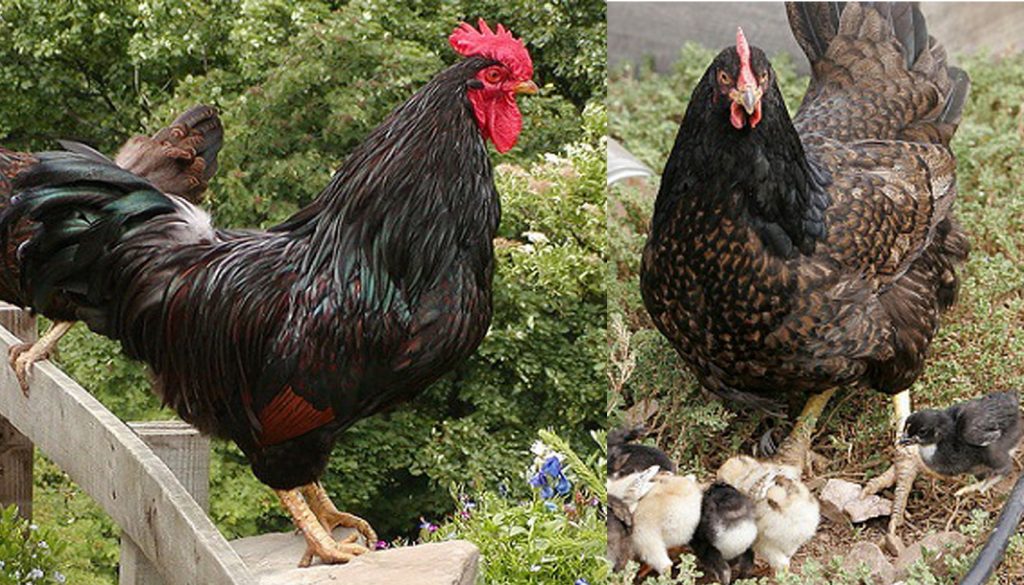
The Barnevelder is a bird that originated from Holland. A relatively new breed with beautiful double laced fancy feathers and lays chocolate brown eggs. This gorgeous dual-purpose chicken is an excellent addition to any coop.
A hardy bird that is quite rare to come by in America, but you are sure to find a breeder through the Barnevelder Club of North America.
These gentle loving birds tend to become the queens of the pecking order with their calm intelligence. Although they are not the best brood hens they can become so and may even foster some other hen’s eggs should the need arise.
Not only are these bird’s excellent pets, they love to forage and keep a person company in the garden. They will also lay a good amount of eggs all year round.
HISTORY
The Barnevelder was developed in the town/municipality of Barneveld in Gelderland central Netherlands. The Barnevelder is believed to be of Croad Langshan, Brahma and Cochin mix developed around 1911.
The Dutch Poultry Club discussed recognizing the Barnevelder as a new breed in 1919 but it was not until the breeder association formed in 1921 that the Barnevelder standard was first decided upon.
It was formally accepted as a recognized breed in 1923.
However, the breed had been exported to England in 1921 due to the demand for the dark brown eggs the bird so readily produced.
The double-laced and Partridge variety became the principal accepted varieties for the breeds standards. The Partridge variety is thought to be extinct. The American Poultry Association only recognized the Double-laced variety and the standard was accepted into the APA in 1991.
They are quite rare in the USA but are gaining popularity as more and more poultry breeders are gaining interest in their dark eggs.
CHARACTERISTICS |
|
|---|---|
| Country of Origin: | The Netherlands |
| American Poultry Association: | Recognized as a breed of chicken in the United States |
| Chicken Category: | Large Breed |
| Chicken Class: | Continental |
| Bantam Variety Available? | No |
| Related | TOP 10 BANTAM CHICKEN BREEDS FOR BEGINNERS |
IDENTIFICATION⇒ |
Appearance: Barnevelders are large soft feathered birds that stand proudly upright sporting their beautiful double-laced plumaged tip with an arrowhead effect. They have lovely elegant necks with the feathers nearly completely black.
The roosters have a solid black breast, double laced feathers on the rest of its body with a straight upright black tail feather. Both the male and female have short wings. Long yellow clean legs.
Color(s): Double Lace Silver, Double Laced Blue
Comb: They have a single comb
Ave. Weight: Hens/Pullet 5 lbs.
Cockerel 6 lbs. |
| Life Expectancy: | The average lifespan is 4 – 7 years. |
| Good Starter Chicken? | Although they are rare they do make a very good starter chicken. |
| Related | 10 BEST STARTER CHICKENS FOR THE FIRST TIME POULTRY KEEPER |
PURPOSE⇒ |
Eggs: They are good all year-round layers although
they tend to lay best in winter. They lay medium to large dark brown eggs up between 150 – 208 per year. They are consistent layers although their egg production may go down in the summer months. They start to lay eggs from around 28 weeks old.
Meat: Their yellow meat makes a tasty table bird.
Breeding: They can get broody and do make excellent mothers. Even the roosters have been known to lend a hand looking after the chicks.
If you are breeding the Barnevelder it is best to seed advice from the Barnevelder breeding club or poultry farm. They are a hybrid and they are being bred to show or as breeders that have to adhere to certain breeding standards and criteria. Baby Barnevelder chicks are the cutest little birds. For advice on breeding please check our guide to breed poultry. If you are a first-time breeder it is best to get professional advice from your local animal shelters, poultry farmers or vet.
Foraging: Barnevelders are very busy chickens and will forage around endlessly during the day.
Show Bird: Their beautiful carriage and feathers make these exceptionally good show birds.
Pets: Their wonderful temperaments make them very good pets.
Other: They will give your organic garden a lot of nutritious fertilizer to ensure great blooms and tasty vegetables.
|
| Health: | Barnevelders are overall very healthy sturdy birds but are prone to Marek’s disease so it is important to have them vaccinated. |
| You may Also Like: | HOW TO TELL IS A CHICKEN IS SICK |
| Temperament: | Friendly, inquisitive, docile birds that are always on the go and busy. |
| Flyers? | They have small wings perched high up on their bodies which does not make them very good flyers. |
| Noisy Birds? | They can get a bit loud in a flock |
| Interaction with other chickens: | This is a breed that tends to earn the respect of all other breeds around it. It has a wonderfully docile, calm yet stern personality. As with any flock if you are introducing new birds it is best to slowly socialize them with the flock. |
| Good with kids? | Although they can be a bit heavy they do not mind being picked up and petted. They get along very well with kids and you may even see the rooster idly keeping an eye on the children as he would with his chicks. |
| Related | 10 ROOSTER BREEDS THAT DO NOT MIND CHILDREN |
| Socialize Behavior? | They don’t mind mingling with other domestic animals. |
| You may Also Like: | HOW TO SOCIALIZING YOUR NEW CHICKENS |
| Known predators: | Most domestic animals leave them alone as they are not small birds, but it is always best to keep an eye on dogs and cats. If hawks and or foxes are in your area it is always best to take precautions. Check with local animal shelters, zoos, vets, animal control and or pet stores about common predators in your area. |
| Conservation Status: | These chickens conservation is not listed. If you would like to check on the conservations status of livestock or poultry in the USA you can do so on the livestock conservancy website. |
IDEAL ENVIRONMENT⇒ |
Garden Size: Barnevelders will adapt well to both urban and rural living conditions. They do not mind the size of the garden if they get to stretch their legs and have some time to forage about.
Ideal Climate: Hardy all weather birds although they do need to be watched during the summer months as they tend to prefer the colder weather to the warmer weather.
Ideal Coop: The rule of thumb for any coop is 50 cm x 50 cm per hen/rooster in the coop.
Ensure there is a good space for the nesting boxes and nightly roosting rails at least 1.5 inches wide. Good ventilation for air but not too drafty especially in winter. It is always a good idea to raise the coop off the ground to give the birds a dry place to roost and lay especially in wet weather.
Ideal Coop Run: Barnevelder are not very good flyers so it is not a necessity to completely cover the coop run but it is always a good idea too in order to protect your chickens from various predators and give them a safe space to peck about in around their coop.
Ideal Flock Size: It is always best to have more than two chickens in your flock.
Special Instructions: Barnevelder should be vaccinated against Marek’s disease.
Accessories: The following accessories are ideal for your coop:
Nesting boxes Straw for the boxes and roosting area Roosting rails Perches Water troughs/bowls Food bowls/feeders Heating lamp(s) Animal carrier for transport purposes |
| You may Also Like: | 45 FREE DIY CHICKEN COOP PLANS, TUTORIALS AND DESIGNS |
WHERE TO FIND THESE BIRDS TO ADD TO YOUR FLOCK
Barnevelder is quite rare in the USA although they are quickly becoming sought after for the dark brown nutritious eggs. You could probably find some varieties of Barnevelder at most live poultry outlets and farms. These outlets may even have more than the standard color for this breed. It is important, however, to remember that only the double laced variety and colors are recognized by the APA. Some of the newer colors are not as defined as the pure colors and can bleed into each other. If you are looking for the pure recognized standard of Barnevelder it is best to buy your chickens from a registered breeder that can found on the Barenevelder Breeders Club of North America website. This is especially true if one wishes to breed or show Barnevelder chickens.
CARING FOR THE BIRD(S)
Please click here for our full guide to “Taking care of chickens”. This is a comprehensive guide to owning chickens. It covers where to start from choosing your ideal flock, the coop that would best suit your garden, your bird and you to buying and bringing your bird(s) home.
GENERAL
These beautiful double laced chickens are the most delightful birds that compliment any flock.
Their calm docile yet proud ladylike demeanor make them stand out among the flock.
Excellent pets and great gardeners that produce a constant source of fresh eggs.
GROOMING
Their beautiful plumes need a regular dust bath to rid them of excess oils and pesky pests that may be paying them unwanted attention. As they love the attention they will not their regular checks for mites, lice and various other parasites from their humans. De-worm your flock on a regular basis to ensure they stay healthy especially if they are interacting with other domestic animals or children.
DIET AND NUTRITION
Feed your flock their regular food of chicken pellets, grains, chicken mash or grain mix first thing in the morning before they are released to go forage and roam about.
Iced cubed table scraps of various vegetable or fruit leftovers in the summer will ensure they stay nice and cool. In the winter they will welcome these scraps fresh from the table but not as icy.
For baby chickens, the best is always Chick Starter when they are under 8 weeks old.
Laying hens should get extra protein and calcium in their diets to ensure the quality of their eggs and to keep them in tip-top health.
Please see our comprehensive guide to “Feeding your chickens” for more information of the different types of chicken feed for chicks, hens, laying hens, roosters, etc. and where to buy the feed and approximate cost of the feed.
SOCIALIZING THE BIRD(S)
Barnevelder is the peacekeepers of the coop with their calm gentle nature so they tend to get along with all other breeds.
Always check on how well a breed will get on with your current flock before buying them as you do not want to upset your coop or stress your current flock.
It is best to check with the breeder as to which breeds will be best to mix and allow to mingle with your Barnevelder.
As with any newcomer to the roost, you will have to quarantine the bird for 7 – 31 days to ensure it does not have any unwanted critters or disease that could spread to your current flock.
Even though they are docile birds they do like to be the queens of the flock in their pecking order, so it is advisable to socialize them slowly and determine when it is right to allow them to become a permanent part of the flock.
NOTES / SPECIAL INSTRUCTIONS
They are not on the conservation list but are a bit rare in the USA, for any advice or more in-depth information on the Barnevelder it is best to contact a local registered breeder.
For breeders, it is imperative that you always check your bird’s bloodlines and ensure you are buying your birds from a reputed breeder/farm. In order to sell birds of such stature, they have to be recorded and documented, always check with local animal breeding organizations for these records.
These legitimate documents are also required should you wish to show your bird(s) in various poultry shows/competition showings.
For information and advice on adopting rescued animals, you can visit or contact your local animal welfare center.
Video
USEFUL LINKS
- Caring for your Chicken
- Feeding
- Health
- Socializing your Chicken
- Breeding Chicken
- Raising Chickens A-Z
- Hatching Eggs
- What is Molting
- Animal Shelter (ASPCA)
- American Veterinary Medical Association
- American Poultry Association
- American Animal Welfare Society
- American Animal Control
- American Animal Husbandry Society
References
- https://en.wikipedia.org
- https://livestockconservancy.org
- https://www.roysfarm.com
- https://www.mypetchicken.com
- https://www.backyardchickens.com
- https://www.feathersite.com/
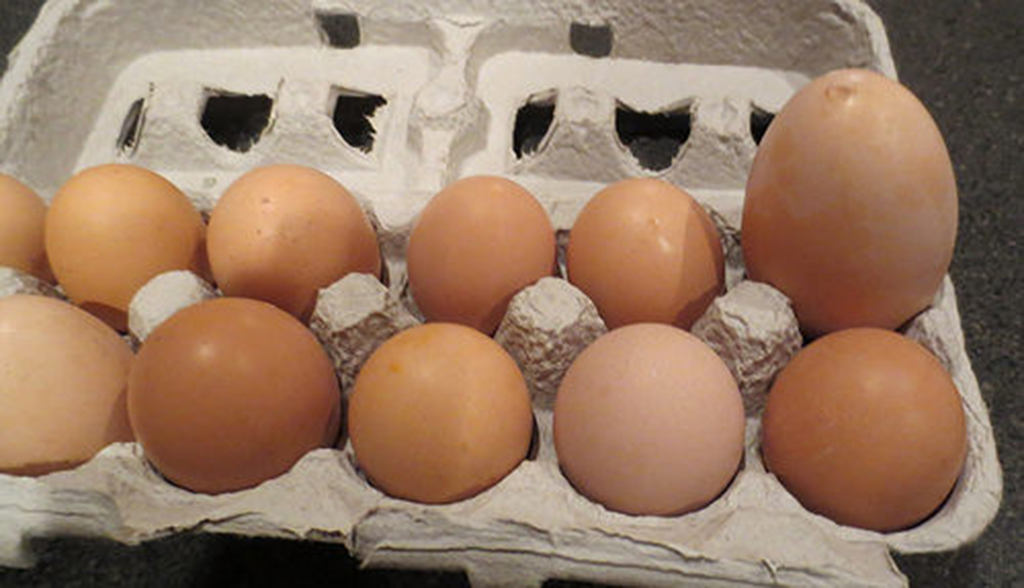 Top 10 Jumbo and Extra Large Egg Laying Chicken Breeds
Top 10 Jumbo and Extra Large Egg Laying Chicken Breeds Delaware Chicken Breed – Everything You Need to Know
Delaware Chicken Breed – Everything You Need to Know Holland Chicken Breed – Everything You Need to Know
Holland Chicken Breed – Everything You Need to Know Feeding your Chickens
Feeding your Chickens Shamo Chicken Breed – Everything You Need to Know
Shamo Chicken Breed – Everything You Need to Know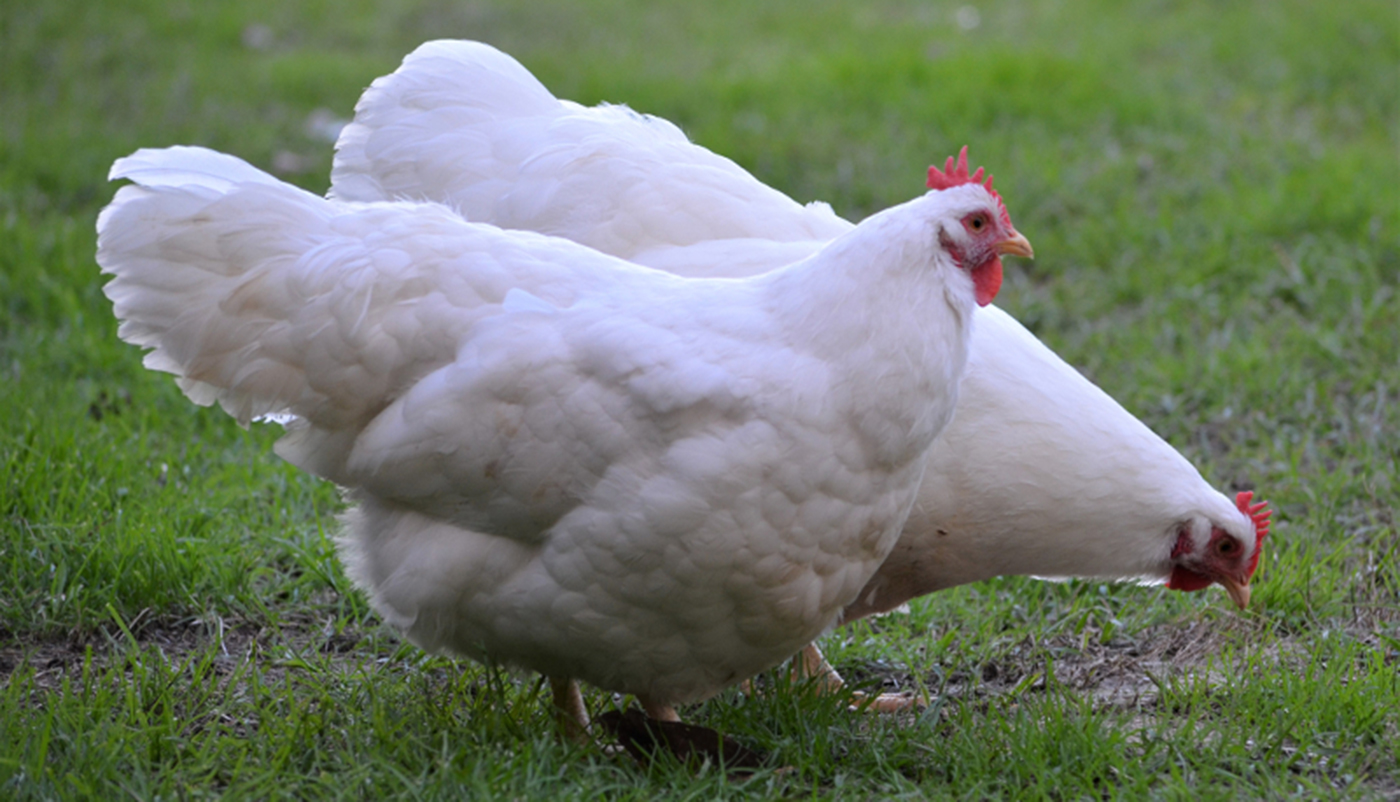 Lamona Chicken Breed – Everything You Need to Know
Lamona Chicken Breed – Everything You Need to Know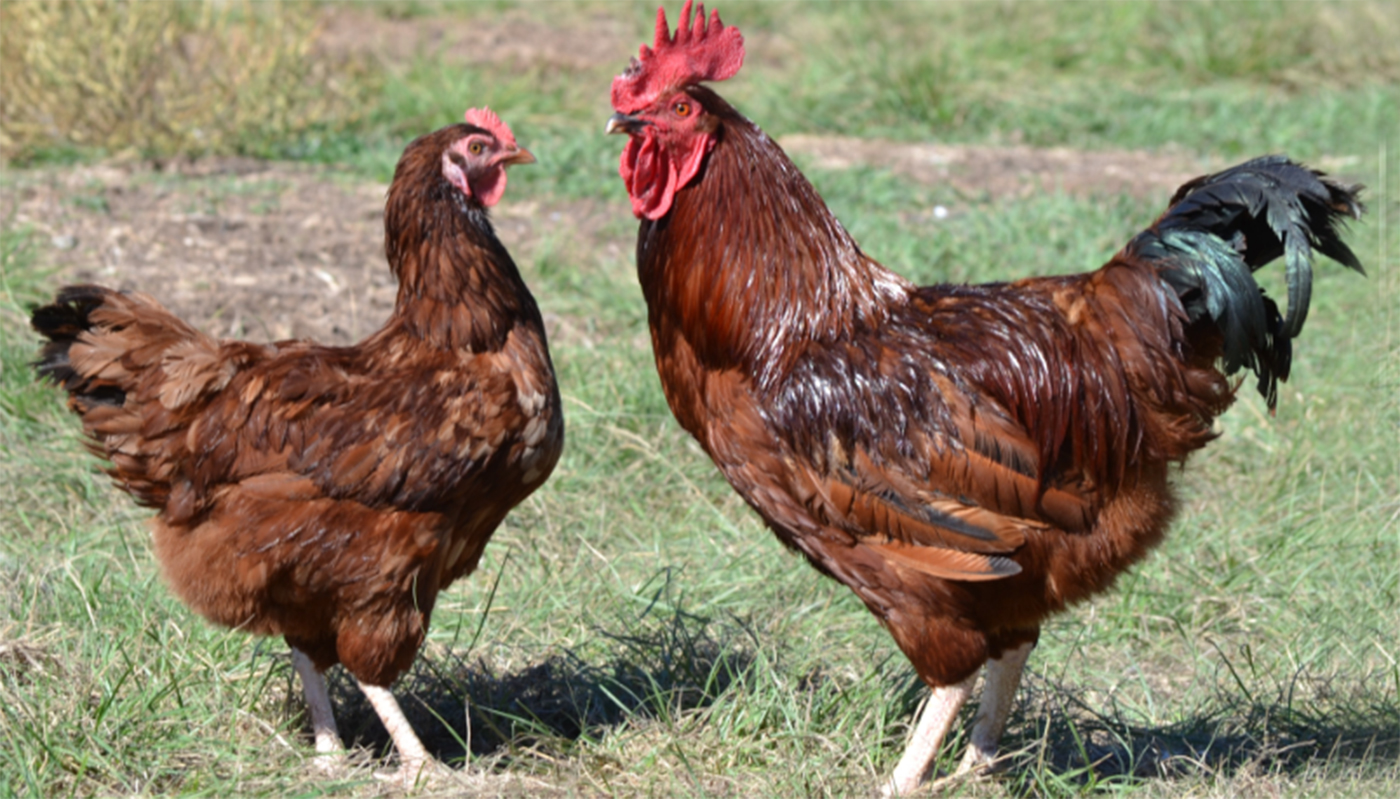 Rhode Island White Chicken Breed – Everything You Need to Know
Rhode Island White Chicken Breed – Everything You Need to Know CHOOSING YOUR FERTILIZED EGG(S) – HATCHING EGGS PART 2
CHOOSING YOUR FERTILIZED EGG(S) – HATCHING EGGS PART 2 Chicken Breeds that Lay Brown, Blue, Green, Olive, Pink or Different Colors
Chicken Breeds that Lay Brown, Blue, Green, Olive, Pink or Different Colors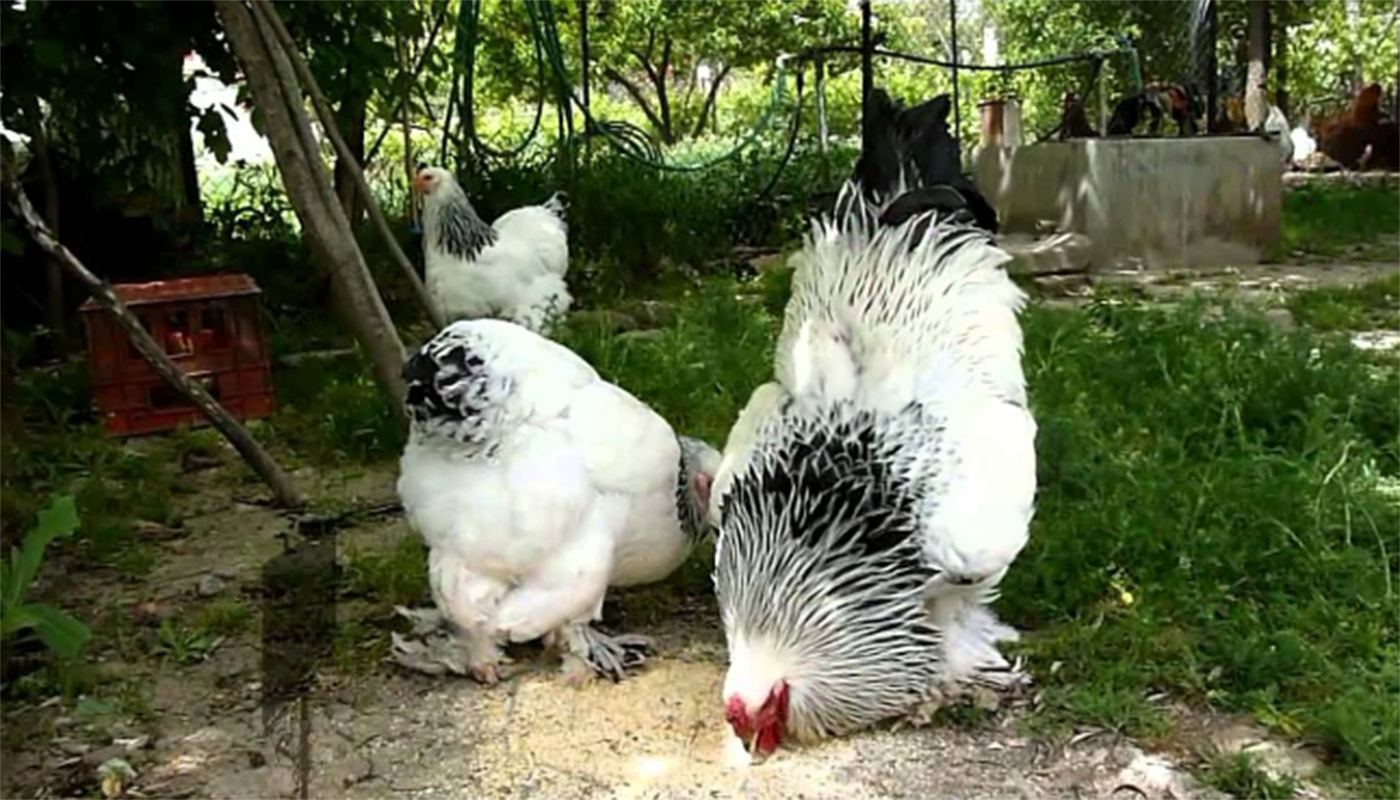 Brahma Chicken Breed – Everything You Need to Know
Brahma Chicken Breed – Everything You Need to Know FACTS ABOUT HATCHING EGGS – HATCHING EGGS PART 4
FACTS ABOUT HATCHING EGGS – HATCHING EGGS PART 4